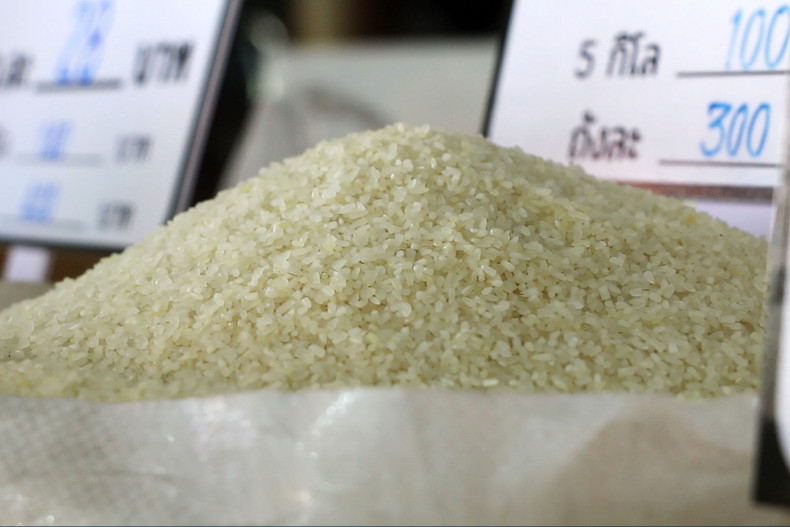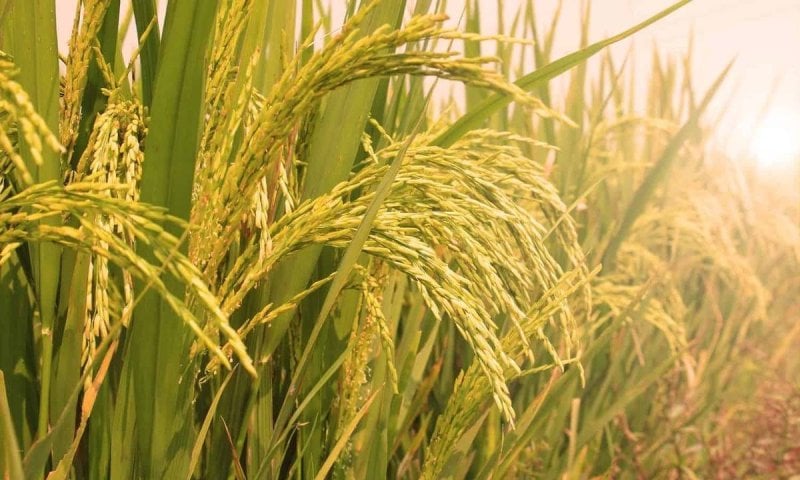Tags
Rice industry wake-up call

Thailand’s Hom Mali fragrant rice variety was voted the world’s best rice in seven out of 14 annual competitions held by the International World Rice (IWR) conference, including in 2020 and 2021. However, last year, the top award went to Cambodia’s Phka Romdoul at the IWR conference that was held in Phuket.
This year, Vietnam stole the limelight with its ST25 rice variety, which had earlier won the world’s best rice award in 2019.
ST25 is the result of 20 years of research by a Vietnamese private enterprise, and it’s considered the latest generation of rice with many qualities considered premium. The other two countries that made it to the finals are India and Cambodia.
It must be said that Thailand did not enter the contest this year. Chukiat Opaswongse, honorary president of the Association of Thai Rice Exporters, said Thailand’s absence was due to its mistrust of the judging process and the over-commercialisation of the contest.
Mr Chukiat said the association will not contest again in the future.
Whether such a decision is right is not as disturbing as the Thai government paying scant interest to rice research and development, even though rice is a major export commodity and revenue earner, with 7.9 million tonnes of rice exported last year, bringing about 178 billion baht in much-needed foreign exchange
Yet, the Rice Department’s budget for rice research is a pittance – 200 million baht annually.
However, this does not mean policymakers do not care about rice farmers.
Help mostly comes in the form of subsidies such as rice guarantees and the notorious rice pledging scheme as implemented by the former Yingluck government or the scheme to slow down the sale of unmilled paddy by farmers to millers as implemented by the incumbent government amounting to several billion baht each year.
There is no question that Thai Hom Mali fragrant rice is still one of the best rice varieties in the world and remains marketable
But Thai rice may, one day, lose its competitiveness as other exporters invest in research and development to upgrade their rice.
Vietnam’s ST25 fragrant rice is a good example. It is fragrant, soft and cheaper than the Thai Hom Mali.
But its most significant advantage is that it can be grown two to three times a year compared to one annual crop for the Thai Hom Mali
The government’s commitment to R&D needs to be strengthened and, more importantly, directed to serve the practical needs of industries.
The Office of National Higher Education, Science, Research and Innovative Policy Council claims R&D expenditure is steadily rising and will reach 2% of GOP in 2027
But this seems to contradict funding for rice research, which has been falling steadily. Something has gone wrong, and this must be quickly rectified
Thailand cannot rely on tourism as its only lifeline for economic development as this leaves the nation at risk, as reflected in the Covid-19 pandemic years, which saw the number of foreign arrivals nosedive before slowly recovering this year.
The country needs science, technology, and innovations to drive the economic engine that supports tourism.
This means more expenditure on science and technology education and R&D, specifically targeting key industries, among them the rice industry.
https://www.bangkokpost.com/opinion/opinion/2704408/rice-industry-wake-up-call?view_comment=1Published Date: December 13, 2023






